Which alkyne will give 3-Ethyl heptane on catalytic hydrogenation.
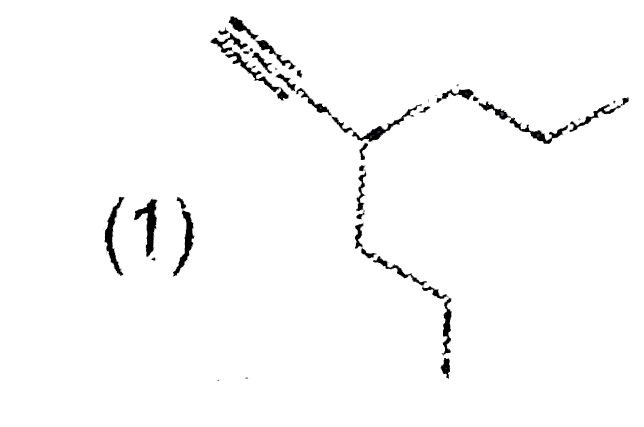
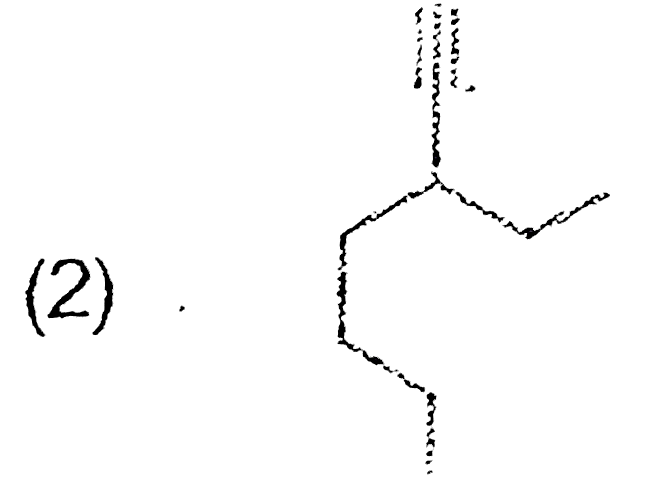
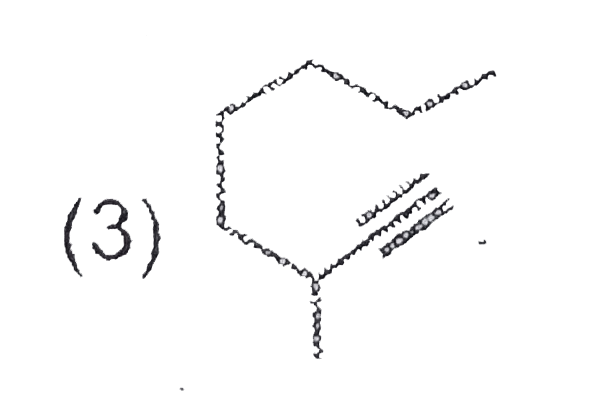

The correct Answer is:B
To determine which alkyne will yield 3-Ethylheptane upon catalytic hydrogenation, we need to analyze the structure of 3-Ethylheptane and identify the appropriate alkyne that can be reduced to this compound.
1. Identify the Structure of 3-Ethylheptane:
- The name "3-Ethylheptane" indicates that we have a heptane (7 carbon chain) with an ethyl group (-C2H5) attached to the third carbon.
- The structure can be represented as follows:
CH3−CH2−CH−CH2−CH2−CH2−CH3∣CH2−CH3
2. Count the Carbons:
- The total number of carbon atoms in 3-Ethylheptane is 7 (from heptane) plus 2 (from the ethyl group), giving us a total of 9 carbon atoms.
3. Consider the Hydrogenation Process:
- Catalytic hydrogenation involves the addition of hydrogen (H2) to the alkyne, which reduces triple bonds to double bonds and then to single bonds without affecting the carbon skeleton.
4. Identify Possible Alkynes:
- We need to find an alkyne that, when hydrogenated, results in the structure of 3-Ethylheptane.
- An appropriate alkyne would need to have a structure that can yield 3-Ethylheptane upon the addition of hydrogen.
5. Analyze Each Option:
- For each alkyne option given, we will perform the following:
- Draw the structure of the alkyne.
- Perform hydrogenation (reduce the triple bond).
- Check if the resulting structure matches 3-Ethylheptane.
6. Select the Correct Alkyne:
- After analyzing the options, we find that the alkyne that, when hydrogenated, gives 3-Ethylheptane is the one that has the correct carbon skeleton and branching.
Conclusion:
- The alkyne that will give 3-Ethylheptane upon catalytic hydrogenation is option number 2.
- The name "3-Ethylheptane" indicates that we have a heptane (7 carbon chain) with an ethyl group (-C2H5) attached to the third carbon.
- The structure can be represented as follows:
CH3−CH2−CH−CH2−CH2−CH2−CH3∣CH2−CH3
- The total number of carbon atoms in 3-Ethylheptane is 7 (from heptane) plus 2 (from the ethyl group), giving us a total of 9 carbon atoms.
- Catalytic hydrogenation involves the addition of hydrogen (H2) to the alkyne, which reduces triple bonds to double bonds and then to single bonds without affecting the carbon skeleton.
- We need to find an alkyne that, when hydrogenated, results in the structure of 3-Ethylheptane.
- An appropriate alkyne would need to have a structure that can yield 3-Ethylheptane upon the addition of hydrogen.
- For each alkyne option given, we will perform the following:
- Draw the structure of the alkyne.
- Perform hydrogenation (reduce the triple bond).
- Check if the resulting structure matches 3-Ethylheptane.
- After analyzing the options, we find that the alkyne that, when hydrogenated, gives 3-Ethylheptane is the one that has the correct carbon skeleton and branching.
- The alkyne that will give 3-Ethylheptane upon catalytic hydrogenation is option number 2.
Topper's Solved these Questions
- BOOK - RESONANCE ENGLISHCHAPTER - STRUCTURAL IDENTIFICATIONEXERCISE - Advanced level Problems (Part-II)21videos
STRUCTURAL IDENTIFICATION
- BOOK - RESONANCE ENGLISHCHAPTER - STRUCTURAL IDENTIFICATIONEXERCISE - Advanced level Problems (Part-III)12videos
STRUCTURAL IDENTIFICATION
- BOOK - RESONANCE ENGLISHCHAPTER - STRUCTURAL IDENTIFICATIONEXERCISE - Exercise-3 Jee (Advanced) (Part-II)15videos
STRUCTURAL IDENTIFICATION
- BOOK - RESONANCE ENGLISHCHAPTER - STEREOISOMERISMEXERCISE - EXERCISE (PART III : PRACTICE TEST-2 (IIT-JEE (ADVANCED PATTERN))23videos
STEREOISOMERISM
- BOOK - RESONANCE ENGLISHCHAPTER - SURFACE CHEMISTRYEXERCISE - Section - 51videos
SURFACE CHEMISTRY
Similar Questions
Knowledge Check
- Question 1 - Select One
Which alkyne will give 3-ethylhexane on catalytic hydrogenation ?
A B
B C
C DAll of these
DAll of these - Question 2 - Select One
Which alkyne gives 3-ethylhexane on catalystic hydrogenation?
A B
B C
C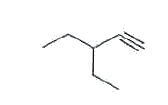 DAll of these
DAll of these - Question 3 - Select One
Which of the following alkene on catalytic hydrogenation given cis and trans-isomer ?
A B
B C
C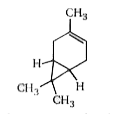 Dall of these
Dall of these
Which of the following alkene can give 3-methylpentane on hydrogenation
View SolutionWhich of the following alkenes will react faster with H2 under catalytic hydrogenation conditions?
View SolutionHow many isomeric structural alkene on catalytic hydrogenation gives 3-Methyl hexane.
View SolutionGive the structure of an optically active alkene (A) having the lowest molecular mass, which on catalytic hydrogenation gives an optically inactive compound (B).
View SolutionWhich of the following will give a mixture of cis and trans-1,4-dimethyl cyclohexane, when undergo catalytic hydrogenation ?
View Solution

